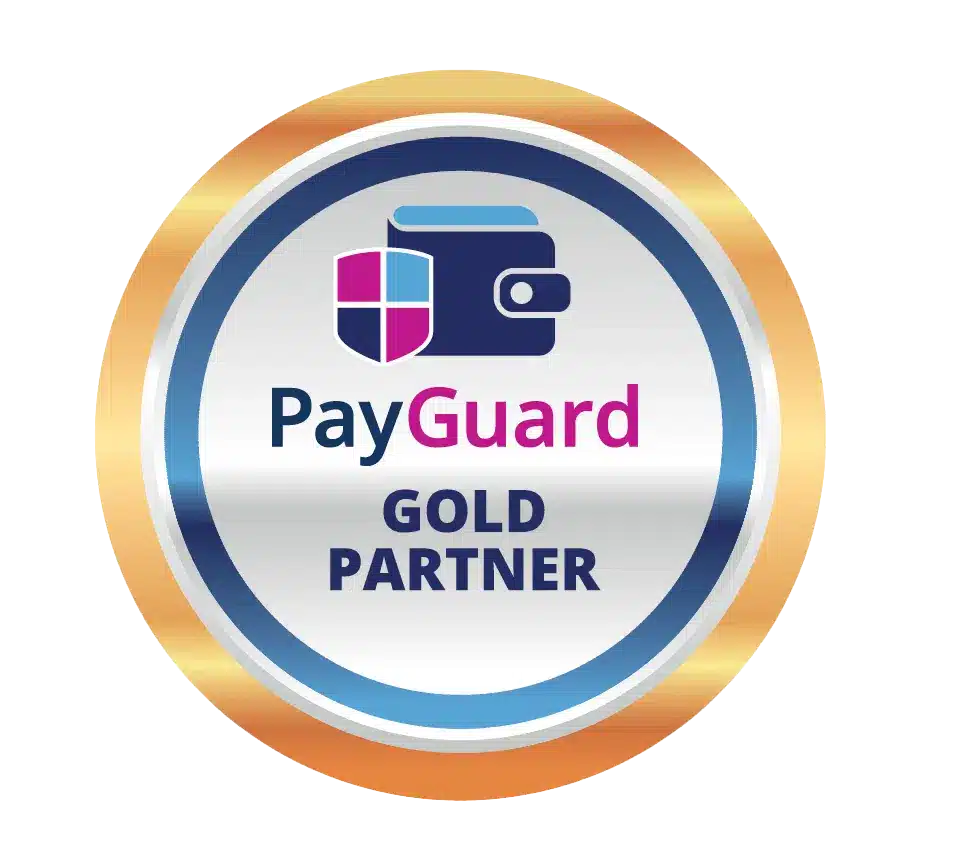Below we have identified other third-party technologies that in conjunction with VOIspeed may help you run remote meetings from home and sharing your video:
Zoom
Zoom is a video conferencing program that allows users to connect and see each other via their PC/laptops. Everyone is using it nowadays and it’s most probably the App of choice for many video conferencing meetings. It has a high quality HD video and I have found the sound quality to be excellent. The User interface is unobtrusive, and easy to understand. It allows you to restrict views to only specific programs or views and will handily clear away any clutter. Control can be handed to another participant, and a whiteboard that everyone can access. All meetings can be recorded. To use zoom you will need to download and install the software. Once done it is quick and simple to use.
PROS:
You can have an HD video call with involving many participants
Is easy to join.
CONS:
In the FREE version there is a 40mins limit to each meeting after which time everyone is disconnected (try that when it takes 35mins to get everyone on the call…).
It occupies bandwidth and requires you to download an App.
Gotomeeting and Gotowebinar
As the name suggests, Gotomeeting is used for running big meetings and Gotowebinar is for large presentations to many online attendees. They were both were created by LogMeIn who are well-known for their remote connectivity cloud-based service. This is the ideal solution when presenting to several attendees. It is very intuitive to use and has many online training material (e.g. videos, documentation, website). The side panel is not intuitive though at first glance but once becoming familiar with the different sections and icons, it is organised and user friendly. It gives you the ability to show videos, create polls, surveys and give handout material. This gives the attendees the feel of being in the same room. It is real-time and, in my experience, has a lower bandwidth consumption than join.me. The host can personalise the theme to reiterate their company branding to the attendees. It keeps the attendees well-informed through multiple automated messages for reminders, confirmations and follow-up email. On meetings, you can view up to 250 attendees. You can change the language preference which can provide useful for mixed audiences. At the end of the session, the host will receive a recording of the webinar or meeting and can be distributed to the attendees. In conclusion, I would recommend this application as hits the basic needs for a meeting or webinar, it is very intuitive after a couple of uses, and keeps the audiences’ engagement through real world tasks such as polls and handouts.
PROS:
Many people can join
Plenty of features to manage attendance (email reminder, online registration, polls, etc.)
CONS:
A bit clunkier and less intuitive to use than Zoom and some training is recommended
Join.me
This is the tool we use for our desktop sharing sessions. Their cloud software is powered by LogMeIn. The business version is payable and it requires no plugins and screen-sharing. The user-interface is simple and user friendly, with not much to learn. It is well-suited for showcasing a product online. It is a desktop and video sharing application and therefore it will use your bandwidth. Our experience was that if your connection is not performing well then you may want to look at other solutions. This application will benefit users who already have a fast broadband, caters for individuals who do not require more than the basic functions of a video conference call, and targeted to meetings of small groups.
PROS:
Simple to use: you just send a personalised link for others to join and you can start sharing your desktop
Video and desktop sharing
CONS:
Limited video functionality. In fact, all the video people can share is their image in the small icon of the App
Ideal only for meetings with small groups of people
Microsoft Teams
It’s Microsoft and it’s everywhere. You already use Word, Excel, PowerPoint and most probably Outlook. So why not using Microsoft Teams? Well, again it depends on what you want to use is for. Also, how big is your company: are you willing to make the investment to deploy Teams everywhere across the whole business?
MS Teams is a great tool for internal communication when you have a virtualised team of people (i.e. people working remotely) working on the same documents and sharing ideas. People can update releases of documents as they go along. However, when it comes to talking to your clients and suppliers MS teams is not there yet. In short, any call that goes beyond the boundaries of your business becomes complicated to handle.
PROS:
Excellent tool for sharing documents, ideas and presentations with the rest of your colleagues
Supports video calls
CONS:
Difficult to manage calls that are external to your business
Not simple and overly intuitive if you have not used it before (training required)
In summary, my personal experience is that, as a business owner you want to see who is calling you, see what numbers they have called (if you are running multiple businesses) record the call and update the contacts on the phone book (so if they call again I know their name). You want to do all this in a simple way, without spending too much effort training your staff who in the end may refuse using the technology altogether. I enjoy using our VOIspeed conference call function where I hit a button every morning at 9.30 a.m. for a quick catch up with the rest of the team and use Zoom for family meetings. I then use join.me for webinars for prospective clients.
Our working lives have been changed substantially with enforced remote working and while we adapt and select our technologies the race for their development to meet our needs is on!
If you have any ideas, suggestions or comments, please contact me or add your comments.













